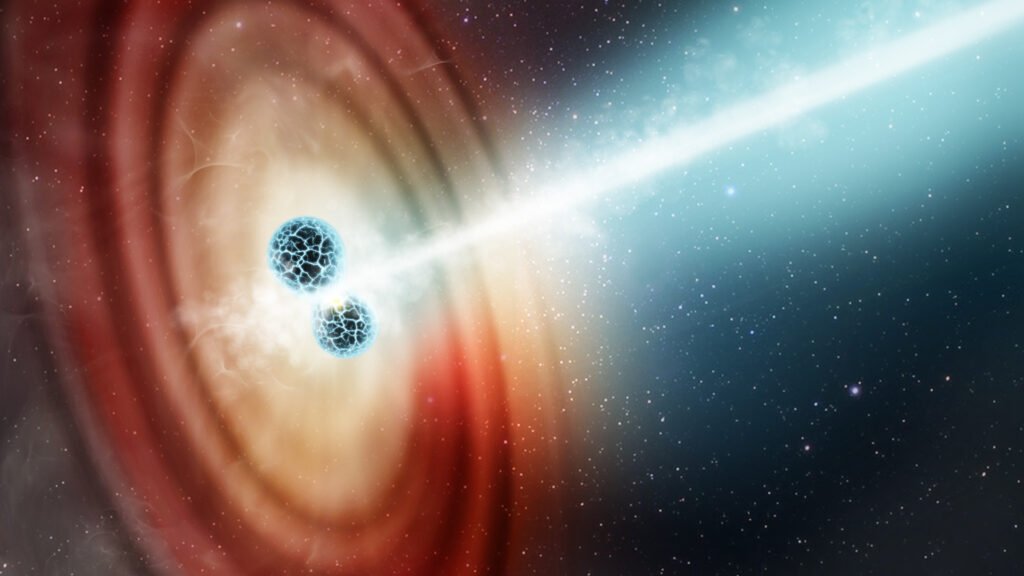You’ve probably been told that are unchangeable, fundamental truths governing every corner of our universe. Yet nature seems to have its own sense of humor, occasionally serving up phenomena that make even the brightest scientists scratch their heads. From floating lightning orbs that last impossibly long to particles that appear to communicate faster than light itself, our world is filled with mysteries that challenge everything we thought we understood about reality.
These aren’t mere curiosities or laboratory oddities. They’re genuine natural occurrences that have been witnessed, recorded, and studied for centuries, yet continue to perplex researchers worldwide. Some might eventually be explained by expanding our current understanding of physics, while others may force us to rewrite the rulebook entirely. Let’s dive into the most baffling phenomena that seem to bend, break, or completely ignore the very foundations of science.
Ball Lightning’s Impossible Persistence
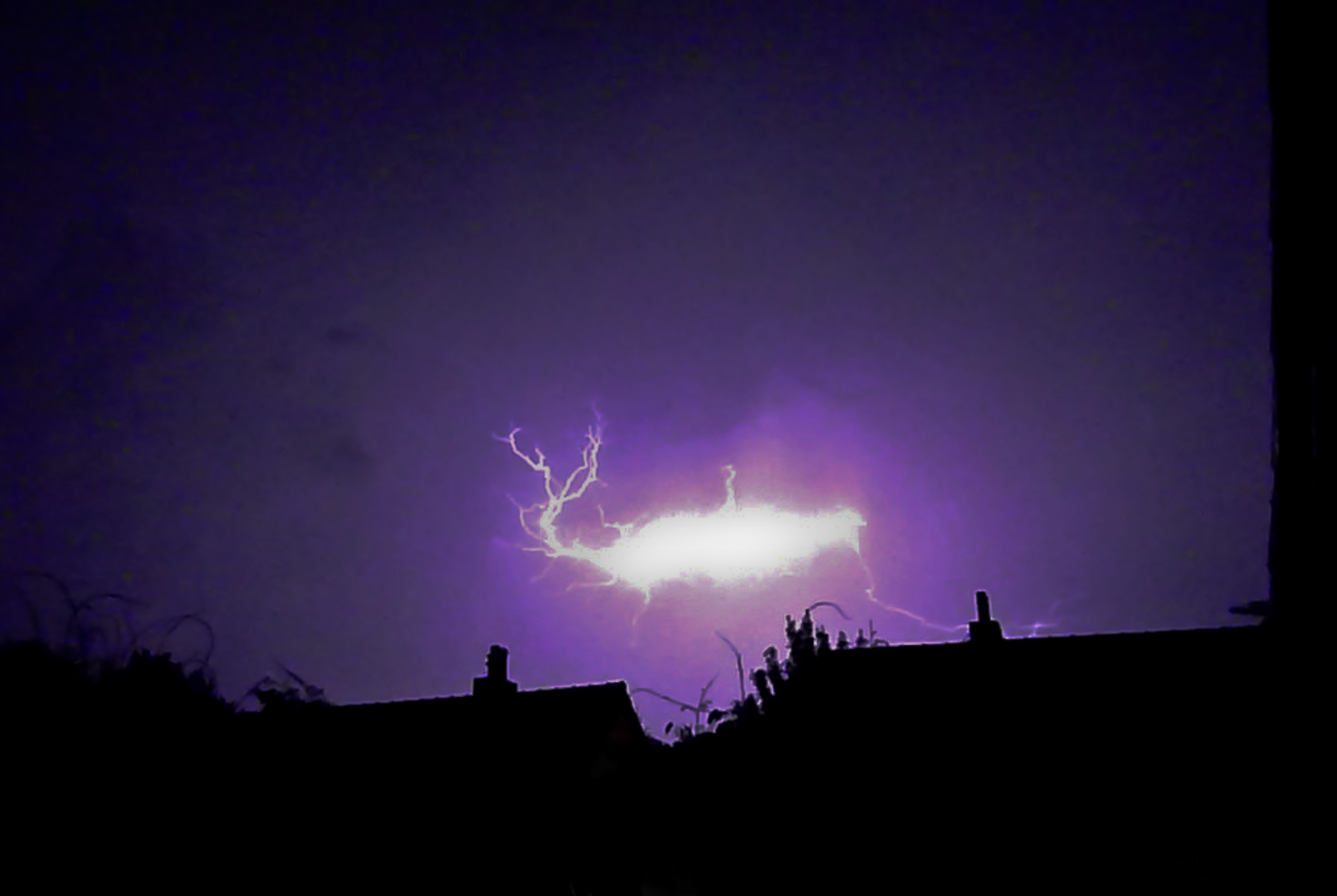
Ball lightning typically appears during thunderstorms as a glow, ranging from the size of a golf ball to several meters across, which floats in the air for between one second and tens of seconds, far outliving the microseconds of a normal lightning strike. Some accounts describe it as moving through solid masses of wood or metal without effect, while others describe it as destructive and melting or burning those substances. The phenomenon has been documented passing through glass windows, rolling down church aisles, and even appearing inside aircraft.
What makes ball lightning so puzzling is its impossible longevity. Regular lightning dissipates almost instantly, yet these glowing spheres can persist for what feels like an eternity in electrical terms. Recent quantum physics research suggests that the skyrmion might be a good model for ball lightning, with researchers reporting that the fields they observed around their cold little skyrmion matched the model proposed in that paper, suggesting that hot ball lightning may, in fact, be a giant, naturally occurring skyrmion. Think of it like trying to maintain a soap bubble in a hurricane – it simply shouldn’t be possible according to our understanding of plasma physics.
Quantum Entanglement’s Spooky Communication

Albert Einstein famously called the phenomenon “spooky action at a distance,” since the particles seemed to be communicating faster than the speed of light. When two particles become entangled, measuring one instantly affects the state of its partner, regardless of the distance separating them. In 2017, scientists reported setting a new quantum entanglement distance record of 1,203 km, demonstrating the survival of a two-photon pair and a violation of a Bell inequality, reaching a CHSH valuation of 2.37±0.09, under strict Einstein locality conditions, from the Micius satellite to bases in Lijian, Yunnan and Delingha, Qinghai.
This phenomenon troubles physicists because it appears to violate the fundamental principle that nothing can travel faster than light. Recent measurements show that there is indeed “spooky action at a distance” between the heaviest known particles, with researchers finding that entanglement persists between top quarks and their antimatter partners at distances farther than what can be covered by information transferred at the speed of light. It’s as if the universe maintains an invisible telephone network that operates beyond the constraints of space and time.
Gravity Hills and Upward-Flowing Water

In several locations around the world, roads exist where cars seem to roll uphill against gravity, and water appears to flow the wrong way, and objects defy the expected pull of the Earth. These mysterious locations, found on every continent, create the unsettling sensation that gravity itself has malfunctioned. Visitors watch in amazement as water bottles roll uphill and streams appear to climb mountainsides.
In certain rivers and waterfalls around the world, water has been documented moving against the pull of gravity, with witnesses describing streams that appear to climb hills and waterfalls that reverse direction during specific weather conditions. While some scientists attribute these phenomena to optical illusions, others suggest that localized magnetic anomalies or unknown geological forces might be at play. The effect is so convincing that even skeptics find themselves questioning their understanding of basic physics.
The Moving Stones of Death Valley
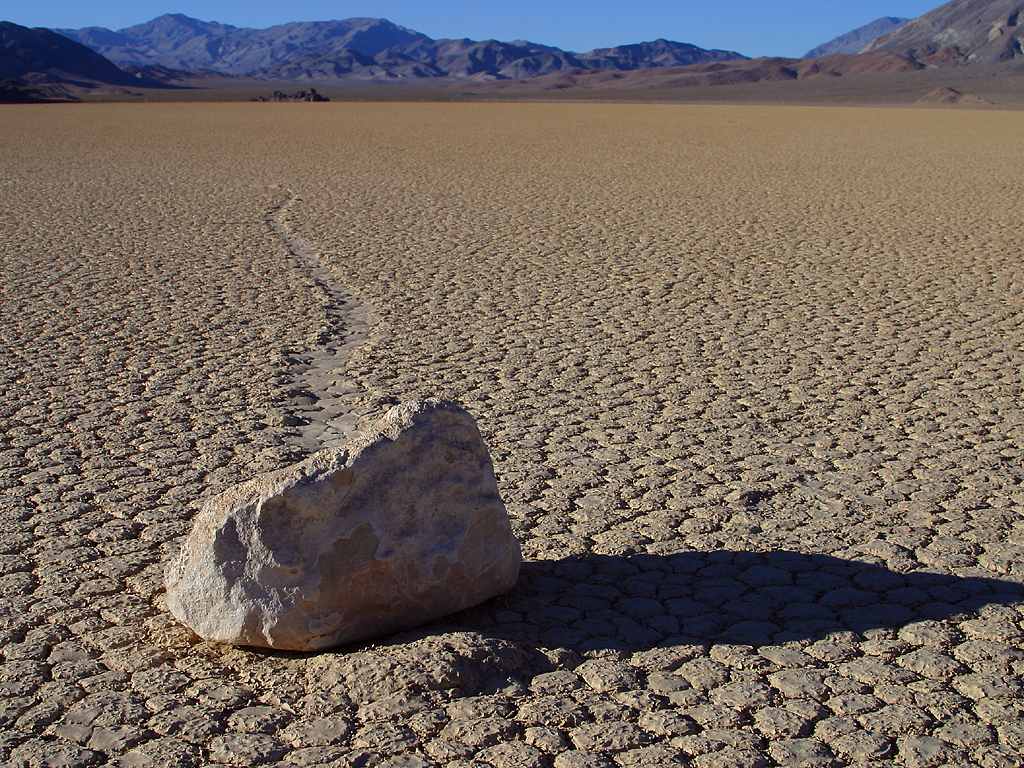
Deep in Death Valley, massive boulders move across the desert floor, leaving long tracks behind them, yet no one has ever seen them move. Some scientists believe ice sheets and wind create the movement, but the eerie precision of the tracks raises more questions than answers. These stones, some weighing hundreds of pounds, somehow glide across the desert with supernatural stealth, creating perfectly straight trails that stretch for hundreds of yards.
The mystery deepened when researchers finally captured the phenomenon on camera, revealing that thin ice sheets and gentle winds somehow combine to move these massive rocks. However, the physics involved still seem improbable – how can such light forces move such heavy objects with such precision? The stones appear to know exactly where they’re going, creating geometric patterns that would make a mathematician proud.
X-Ray Jets That Ignore Physics
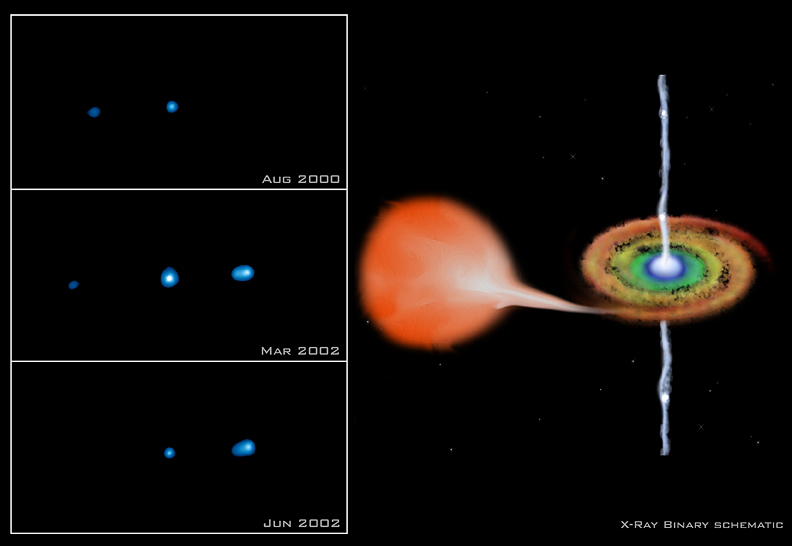
It is these strongly elongated streams that generate the weird X-ray jets that seem to ignore the basic laws of physics. “If you drive very fast, your hat should be blown backwards off your head, not sideways. These jets do not follow the interstellar backflows, they shoot out to the sides – a really weird phenomenon,” says Wang. These jets from fast-moving pulsars behave like cosmic rebels, shooting out at impossible angles that defy our understanding of momentum and fluid dynamics.
The phenomenon is equivalent to watching a speeding car suddenly spray water sideways instead of backwards – it violates our most basic expectations about motion and forces. Wang says a theory that rests on energy-dependent confinement of particles by magnetic field seems to explain these jet phenomena well. “Magnetic field is everywhere, and it can guide particles like an invisible hand,” he adds. Yet even with these explanations, the jets continue to puzzle astrophysicists who struggle to reconcile the observations with established physical laws.
Time Distortion Fields

Deep in the heart of a remote desert, explorers have reported watches slowing, cameras malfunctioning, and even time seeming to stretch and warp. These mysterious zones appear to exist where the normal flow of time becomes unreliable, with electronic devices behaving erratically and visitors experiencing temporal disorientation. Some researchers suggest these could be natural gravitational anomalies that affect the passage of time in localized areas.
The phenomenon bears an eerie resemblance to Einstein’s predictions about time dilation, yet these effects occur under conditions that shouldn’t produce such dramatic results. Witnesses describe feeling as though hours have passed when only minutes have actually elapsed, while their timepieces register conflicting measurements. Whether these represent genuine temporal anomalies or complex electromagnetic effects remains hotly debated among physicists.
Matter-Antimatter Universe Paradox

The very existence of matter in the Universe defies our expectations about how the Universe should behave. All of our models of the early Universe indicate that matter and antimatter should have been formed in equal amounts. According to the Standard Model of physics, the Big Bang should have produced equal quantities of matter and antimatter, which would have immediately annihilated each other, leaving behind only energy.
Yet here we are, living in a universe composed almost entirely of matter, with antimatter existing only in trace amounts. This fundamental asymmetry represents one of the greatest puzzles in cosmology, suggesting that our understanding of the early universe is fundamentally incomplete. Scientists have proposed various mechanisms to explain this imbalance, but none have been definitively proven, leaving us with a universe that shouldn’t exist according to our current physical theories.
Granular Bubbles That Defy Density

Boyce’s group used experimental and computational modeling to show that gas channeling through lighter particles triggers the formation of finger and bubble patterns. The gas channeling occurs because the clusters of lighter, larger particles have a higher permeability to gas flow than do the heavier, smaller grains. The R-T-like instability in granular materials arises from a competition between upward drag force increased locally by gas channeling and downward contact forces, a physical mechanism entirely different from that found in liquids.
This phenomenon creates the bizarre sight of heavy particles floating above lighter ones – imagine watching rocks bubble up through sand like air bubbles in water. The discovery challenges our basic understanding of how gravity affects granular materials and suggests that the physics governing sand and similar substances is far more complex than previously thought. These “granular bubbles” demonstrate that even the most mundane materials can exhibit behaviors that seem to mock .
Superluminal Motion in Space
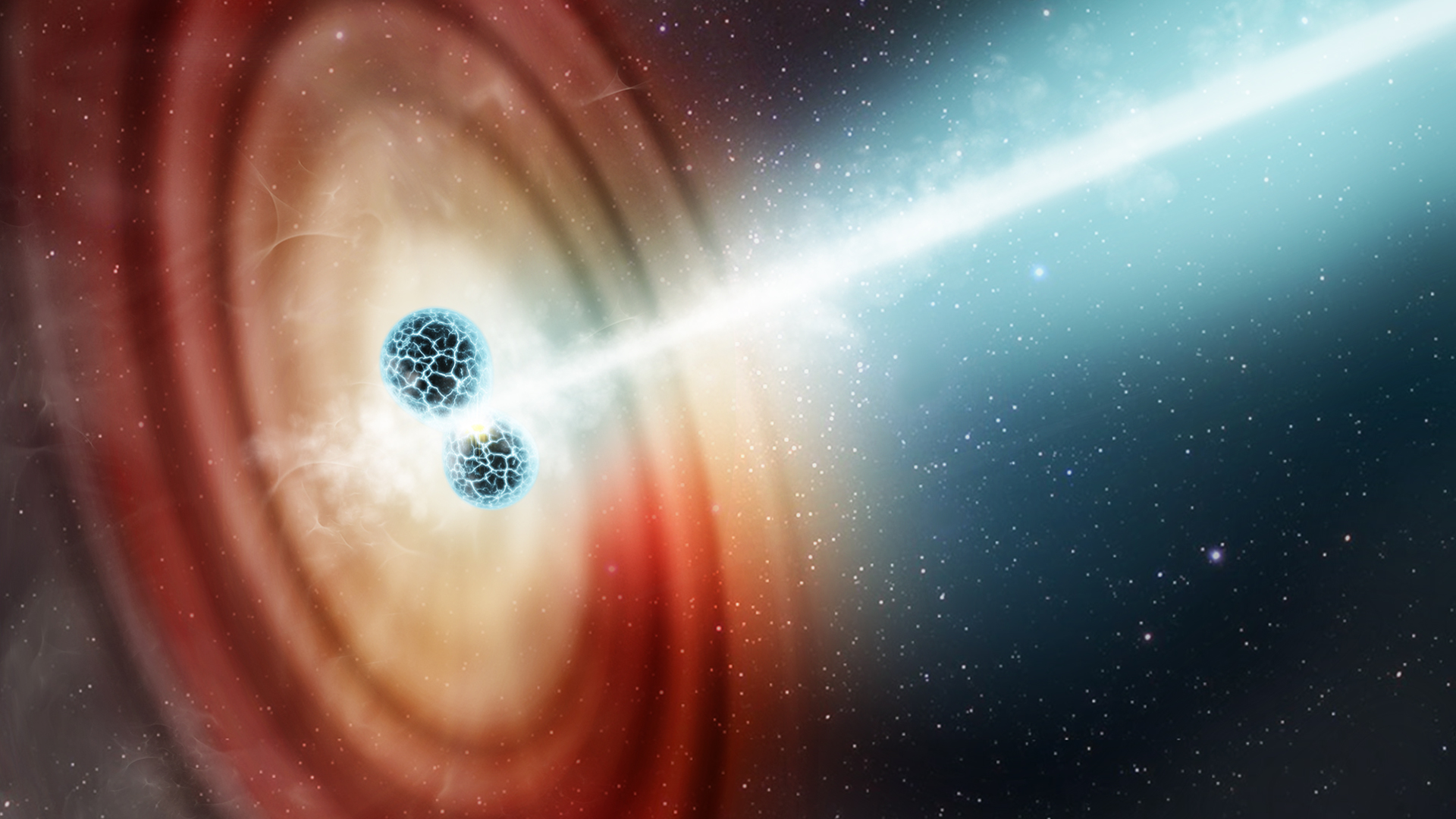
Astronomers have observed jets of material from quasars and other cosmic objects appearing to move faster than the speed of light, a phenomenon known as superluminal motion. While this doesn’t actually violate relativity – the apparent speed results from geometric effects when jets move nearly toward us at close to light speed – the visual effect is so startling that it initially seemed to break Einstein’s cosmic speed limit.
The phenomenon creates the illusion of matter racing through space at impossible velocities, with some measurements suggesting speeds up to ten times faster than light. Though now understood as a relativistic illusion, superluminal motion continues to challenge our intuitive understanding of space, time, and motion. It serves as a reminder that the universe operates according to rules that often defy common sense.
Consciousness and Quantum Measurement

Perhaps the most unsettling phenomenon that challenges physics is the role of consciousness in quantum measurement. The quantum measurement problem suggests that the act of observation somehow causes quantum systems to “collapse” from multiple possible states into a single definite state. This implies that consciousness might play a fundamental role in determining physical reality – a concept that makes many physicists deeply uncomfortable.
The phenomenon raises profound questions about the relationship between mind and matter. Does consciousness actually influence physical systems, or are we missing something crucial about how quantum mechanics works? Some interpretations of quantum physics suggest that reality doesn’t exist in a definite state until someone observes it, turning the observer into an active participant in creating the physical world. This blurs the line between physics and philosophy in ways that continue to generate heated debate among scientists.
Conclusion

These ten phenomena remind us that nature still holds secrets that challenge our most fundamental assumptions about reality. From quantum particles that seem to communicate instantaneously across vast distances to massive stones that glide silently across desert floors, our universe continues to serve up mysteries that humble even our most sophisticated scientific theories.
Perhaps the most exciting aspect of these puzzling phenomena is what they tell us about the future of science. Each unexplained mystery represents an opportunity to expand our understanding of the universe, potentially leading to revolutionary discoveries that could transform technology and our perception of reality itself. What do you think about these mind-bending mysteries? Tell us in the comments.

